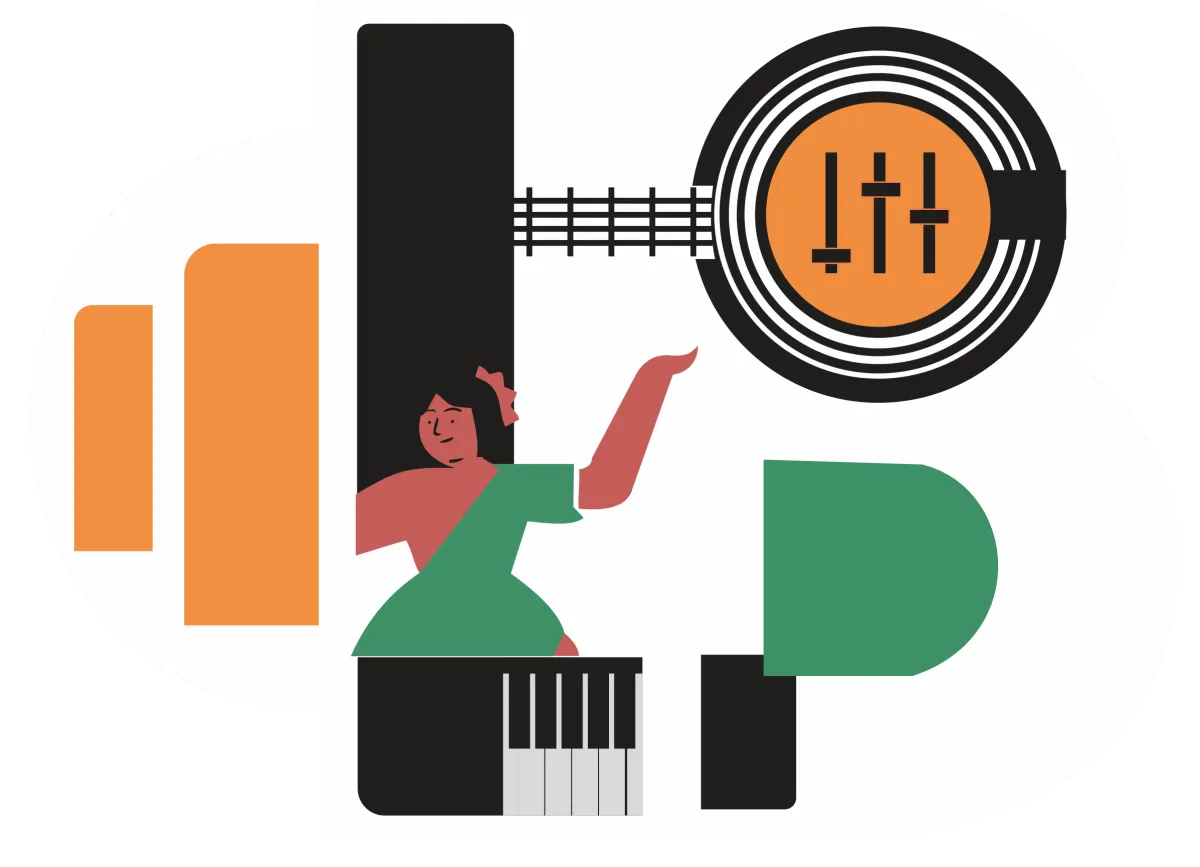
MUSIC SCHOOL
(classical dance)
KATHAK
CLASSES
IN VAISHALI(GHAZIABAD)
FOR
ALL
AGES
EXAMS CONDUCT BY

Established in 1939, Gandharva Mahavidyalaya is one of the oldest and most distinguished cultural institutions of Delhi. Its role in imparting training to entire generations of music lovers and bringing Indian classical music and dance into the cultural mainstream is well acknowledged. It was founded by Pandit Vinaya Chandra Maudgalya, and is currently headed by Pandit Madhup Mudgal.

Your Paragraph text goe
Prayag Sangit Samiti
was established in the year 1926 with a view to popularize and teach Indian Classical music amongst the masses in India. This institution is registered under the Indian Societies Act (Act No.XXI of 1860). The basic object of the Samiti has always been to revive the prestige of the art of music comprising vocal music, instrumental music, dance and to organize systematic training in this art in India and also in foreign countries, besides reaching it to people at larges Lorem ips
About KATHAK
Kathak is a classical Indian dance form, known for its intricate footwork, rhythmic precision, and storytelling.
It originated in northern India and is characterized by its strong beat, graceful movements, and expressive facial expressions.
Key features and uses: